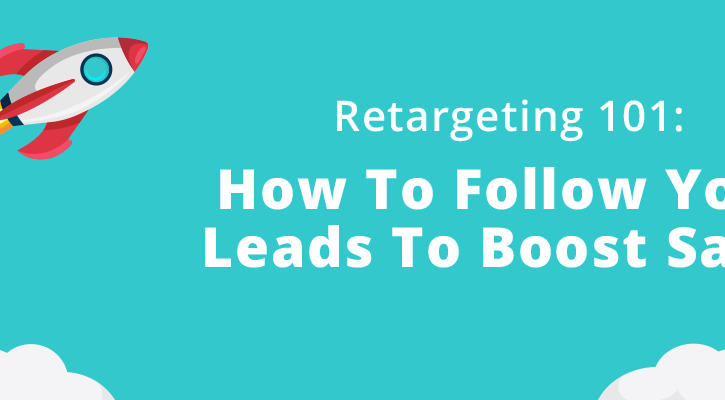Have you ever wondered why some websites seem to convert more visitors into customers compared to others?
The answer lies in the process of Conversion Rate Optimization (CRO).
CRO is the practice of improving the performance of a website with the goal of increasing the number of conversions, such as sales, sign-ups, or leads. But how exactly can you achieve this?
Conversion rate optimization techniques were not even a blip on the radar when you first thought about setting up your website. Now, things are probably a bit different. Converting traffic into sales is something that is achieved not by chance but through specific actions.
But what should those actions be? What conversion rate optimization tips are the most effective? Where do you even start?
That’s exactly what we will be talking about here.
In this article, we’ll be exploring ten strategies for effective Conversion Rate Optimization.
Whether you’re a seasoned marketer or just starting out, this guide is packed with actionable insights that will help you achieve your conversion goals. So, are you ready to learn how to maximize your website’s conversion potential? Let’s dive in!
What Is Conversion Rate Optimization?
Conversion Rate Optimization, or CRO for short, is all about improving the performance of a website with the goal of converting more visitors into customers, clients, or subscribers.
Whether you’re selling a product or offering a service, the ultimate goal is to maximize the number of conversions or actions taken on your site, such as making a purchase, signing up for a newsletter, or filling out a form.
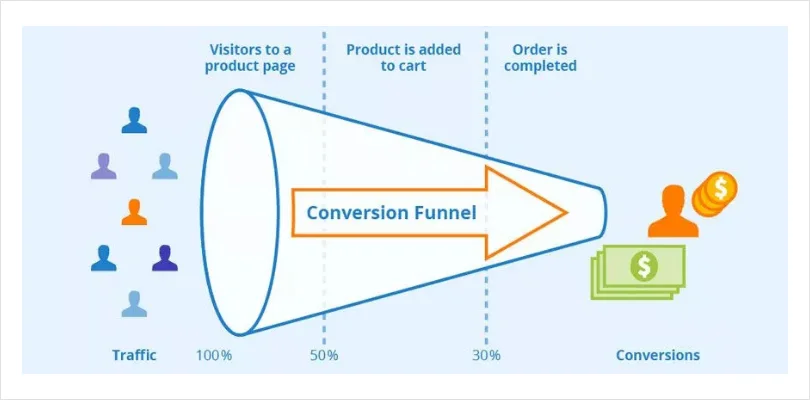
Image Source: Amplitudedigital
Think about it like this: you may have a ton of traffic coming to your website, but if a high percentage of those visitors aren’t taking any action, then you’re missing out on a lot of potential business.
That’s where CRO comes in.
By using data, testing, and analysis, you can identify what’s holding your visitors back and make changes that will lead to a higher conversion rate. It’s like a big, ongoing experiment where you’re constantly trying to find new ways to improve your website and boost conversions.
“CRO is a process that’s never truly finished. The most important step is to start testing and learning right away. Don’t wait for the perfect test. Start simple, learn fast, and build momentum from there.” Nate Moch. VP, Zillow
It’s a challenging but rewarding field and one that can have a big impact on the success of your online business.
Why Is Conversion Rate Optimization Important?
Conversion rate optimization is one of the most important aspects of digital marketing, and for a good reason.
The goal of any website is to convert visitors into customers, clients, or subscribers, and the conversion rate is a key metric that measures how well you’re achieving that goal.
A high conversion rate means that a large percentage of your visitors are taking the desired action on your site, whether that’s making a purchase, filling out a form, or signing up for a newsletter.
But why is this so important?
For starters,a high conversion rate means more business and revenue for you. If you’re able to turn more of your website visitors into paying customers, then you’ll see a positive impact on your bottom line. It’s that simple.
But it’s not just about making more money.
Conversion rate optimization is also about improving the overall user experience of your website. By constantly testing and refining different elements of your site, you can create a more intuitive and user-friendly experience that will keep visitors engaged and interested in what you have to offer.
In today’s highly competitive online landscape, having a website that converts well is essential. It gives you a big advantage over your competitors and helps you stand out in a crowded market.
So if you want to achieve success with your online business, then you need to pay close attention to your conversion rate and use CRO to improve it.
How to Calculate Conversion Rate?
Calculating your conversion rate is a crucial step in understanding the success of your website and determining areas for improvement.
But don’t worry; it’s not as complicated as it may seem! In fact, the formula for conversion rate is quite simple.
Here’s how you do it:
- Identify the number of conversions: This is the number of times a visitor took the desired action on your site, such as making a purchase, filling out a form, or signing up for a newsletter.
- Identify the number of visitors: This is the number of unique visitors to your site during a specific time period.
- Divide the number of conversions by the number of visitors: This will give you your conversion rate as a decimal.
- Multiply the decimal by 100 to get a percentage: This is your conversion rate expressed as a percentage.
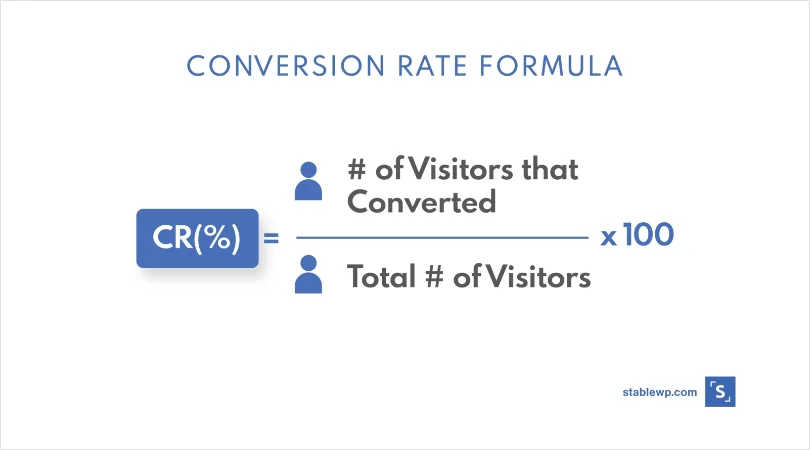
Image Source: Stablewp
So, for example, if you had 100 visitors to your site and 10 of them made a purchase, then your conversion rate would be 10%.
It’s important to note that your website conversion optimization rate can vary greatly depending on factors such as the type of website you have, your target audience, and the specific actions you want visitors to take.
But, by tracking and understanding your conversion rate, you can identify areas for improvement and make changes that will increase your chances of converting more visitors into customers.
Places to Implement a Conversion Rate Optimization Strategy
When it comes to implementing a CRO strategy, there are many different places to focus your efforts. However, some areas are more impactful than others and can lead to bigger improvements in your conversion rate.
Here are a few key places to consider when implementing a conversion rate optimization strategy:
- Landing pages: Your landing pages are crucial for converting visitors into customers. They are often the first impression that visitors have of your website and can make or break their decision to take action. By optimizing your landing pages, you can improve the user experience and increase the chances of converting visitors into customers.
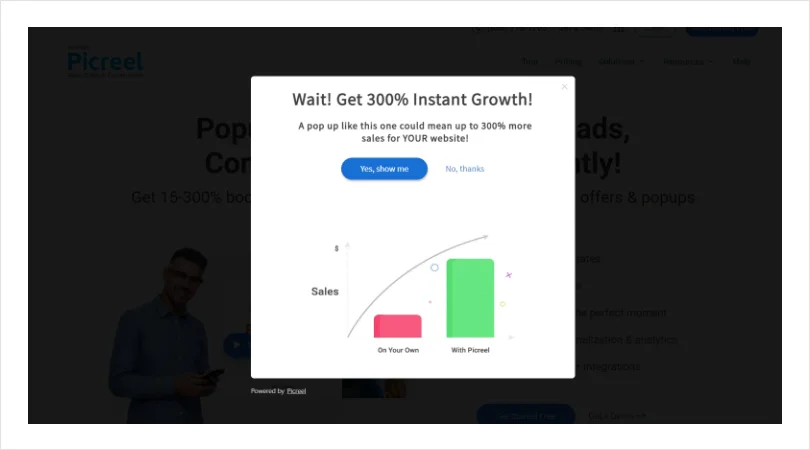
- Call-to-Action (CTA) buttons: Another CRO strategy includes the CTA buttons on your website which are the primary drivers of conversions. By making them clear, visible, and compelling, you can encourage visitors to take action and increase your conversion rate.

- Checkout process: If you’re selling a product or service, then the checkout process is one of the most important parts of your website. A smooth and seamless checkout process can lead to more completed transactions and a higher conversion rate.
- Product/Service pages: If you’re selling a product or offering a service, then your product/service pages are key to converting visitors into customers. By providing clear and detailed information, you can build trust and credibility with your visitors and increase the chances of converting them into customers.
Of course, every website is unique, so it’s important to also test and experiment with other elements to see what works best for you.
Read More - Lightbox Popups On Website: How To Create Them + Useful Tips
10 Conversion Rate Optimization Strategies to Boost Conversions
There are plenty of conversion rate optimization strategies out there that you can use. Here are 10 of the conversion rate optimisation best practices:
1. Deploy Text-Based CTAs in Your Blogs
Have you ever considered using text-based Call-to-Action (CTA) buttons in your blog posts to drive conversions? If not, then you’re missing out on a great opportunity!
Text-based CTAs are simple yet highly effective ways to encourage visitors to take action and improve conversions. Unlike traditional CTA buttons, text-based CTAs blend seamlessly into the content of your blog post and can be used to highlight a specific action that you want visitors to take.
For example, you might include a text-based CTA at the end of a blog post that encourages visitors to download an e-book, sign up for a newsletter, or purchase a product. By making it easy for visitors to take action, you can increase conversions and drive more success for your online business.
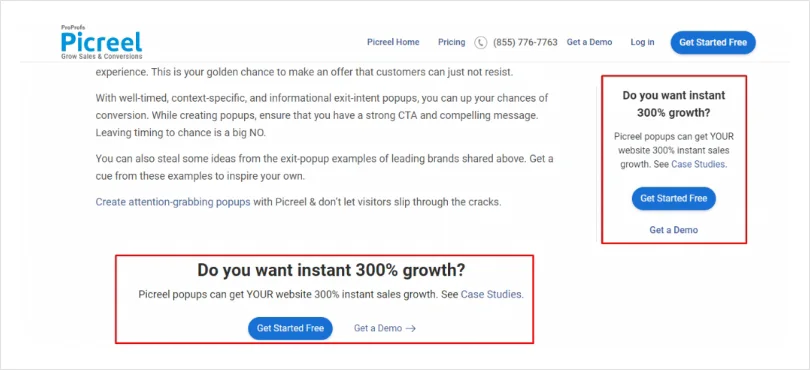
One of the benefits of text-based CTAs is that they are very flexible and can be used in a variety of ways. For example, you can use them to:
- Offer a free resource when you collect emails
- Highlight a product or service that you offer
- Encourage visitors to sign up for a trial or demo
2. Use Lead Capture Forms
Lead capture forms are simple yet powerful tools that help you collect information from visitors and turn them into leads. By using lead capture forms, you can:
- Gather information about your visitors, such as their names, email addresses, and location
- Qualify leads and segment your audience based on their interests and behaviors
- Provide personalized follow-up and nurturing to convert leads into customers
But not just any lead capture form will do.
To be effective, lead capture forms need to be well-designed, user-friendly and placed in strategic locations on your website. They should also be customized to match the look and feel of your website and be able to capture the information that is most important to your business.
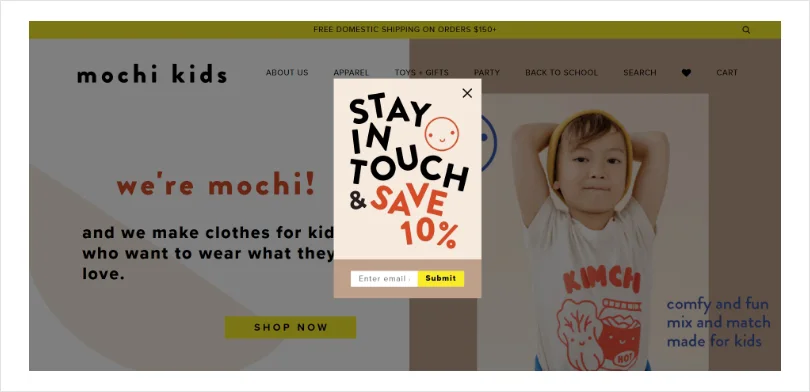
Image Source: Hubspot
One of the key benefits of using lead capture forms is that they provide you with valuable information about your visitors that you can use to improve your marketing and sales efforts.
Here, with tools like Picreel, you can create customized lead capture forms that match the look and feel of your website and use powerful targeting rules to display them to the right visitors at the right time.
Boost Your Conversions Today
Use effective popups and proven strategies to drive engagement and sales.
3. Optimize high-performing blogs
High-performing blogs are a valuable asset for any online business. They attract traffic, build brand awareness, and can be a powerful tool for driving conversions.
But to truly maximize their potential, it’s important to optimize them for better results.
Some simple optimization strategies include:
- Adding clear and compelling call-to-actions (CTAs) throughout your blog posts
- Making sure your blog’s design is clean, modern, and user-friendly
- Incorporating visually appealing images and videos to break up text and keep visitors engaged
- Using internal links to promote other relevant content and keep visitors on your site longer
- Optimizing blog post titles, meta descriptions, and headings to improve search engine visibility
By optimizing your high-performing blogs, you can improve user experience, increase engagement, and drive more conversions. And the best part is that these optimizations are relatively simple and easy to implement, so you can start seeing results quickly.
4. Use Videos to Promote Your Products
Embedding videos on your website can increase your purchase intent by 97% and brand association by 139%.
Videos are a powerful tool for promoting products and driving conversions. It’s a fact!
They offer a more engaging and immersive experience than text or images alone and can help build trust and credibility with your audience.
Incorporating videos into your product promotions can help increase engagement, build brand awareness, and ultimately drive more conversions.
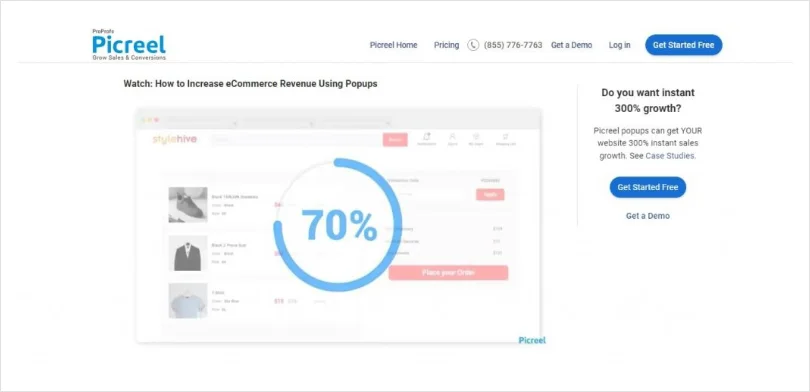
Whether you choose to create product demos, brand videos, or customer testimonials, videos are a versatile and effective way to promote your products and grow your business.
By using videos to promote your products, you can:
- Showcase your products in action and demonstrate their features and benefits
- Tell your brand’s story and create a deeper connection with your audience
- Provide detailed product information and answer common questions
- Highlight customer testimonials and reviews to build trust and credibility
5. Convince People Through Social Proof
Social proof is a psychological phenomenon that occurs when people look to others for guidance on how to behave in a given situation.
By incorporating social proof into your marketing and sales efforts, you can increase trust, build credibility, and ultimately drive more conversions.
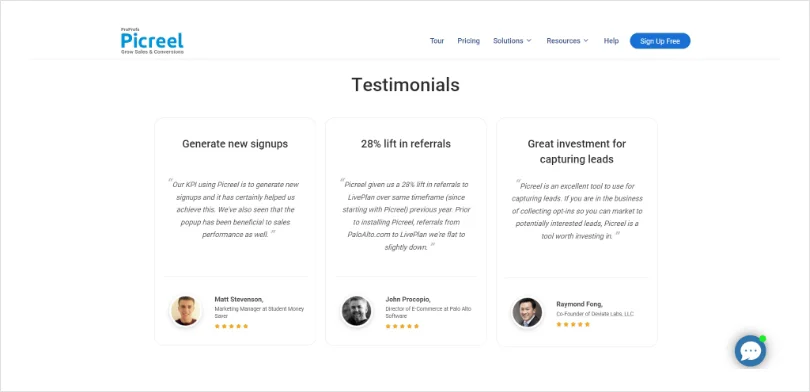
Here are some simple ways to use social proof:
- Displaying customer reviews and testimonials on your website and in your marketing materials
- Sharing the number of customers, followers, or subscribers you have
- Showcasing awards, certifications, and other credentials that demonstrate your expertise
- Highlighting media mentions, partnerships, and other endorsements
Using social proof can help build trust and credibility with your audience and can ultimately lead to increased conversions and sales.
By showcasing the positive experiences and results that others have had with your products or services, you can create a sense of trust and reassurance that will encourage people to take action.
6. Retarget Your Visitors to Re-Engage Them
Have you noticed that many of the visitors to your website don’t convert into customers on their first visit?
Don’t worry; you’re not alone.
In fact, statistics show that the average conversion rate for a website is only 2-3%. But there’s a way to re-engage these visitors and increase conversions: retargeting.
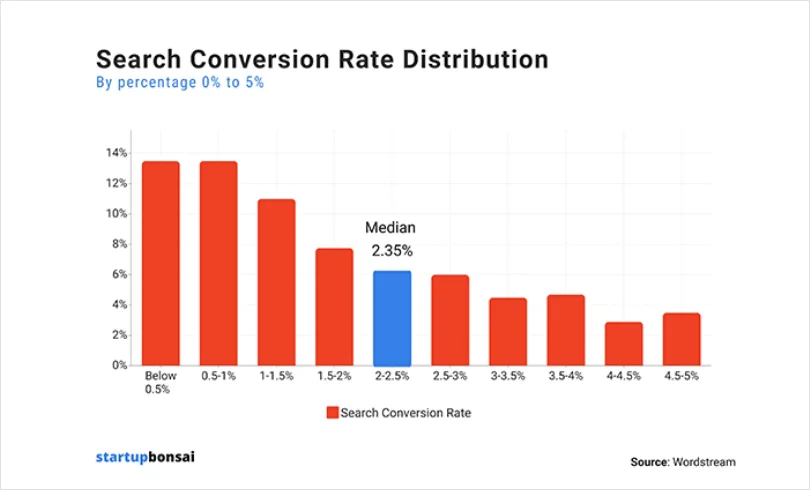
Retargeting is a powerful marketing technique that allows you to reach out to people who have already shown an interest in your products or services by visiting your website. By using retargeting ads, you can keep your brand top-of-mind with these visitors and encourage them to take action.
For example, if someone visits your website and adds a product to their cart but doesn’t complete the purchase, you can use retargeting ads to show them that same product and remind them of their interest. Or, if someone visits your site and reads a blog post about a particular topic, you can use retargeting to show them related products or services that they may be interested in.
Retargeting is effective because it allows you to reach out to people who are already familiar with your brand and have shown an interest in your products or services.
This can be a powerful way to re-engage these visitors and increase conversion rate.

7. Use Live Chat to Talk With Your Customers
Have you ever visited a website and had a question about a product or service but couldn’t find the answer?
Or maybe you hesitated to make a purchase because you weren’t sure if the product was right for you. Many website visitors face these same challenges, and it’s why live chat can be such a powerful tool for increasing conversions.
Live chat allows you to communicate with your website visitors in real time, providing them with the answers and guidance they need to make a purchase decision.
Whether they have a question about a product, need help with the checkout process, or just want to know more about your business, live chat provides a fast and convenient way to get the information they need.
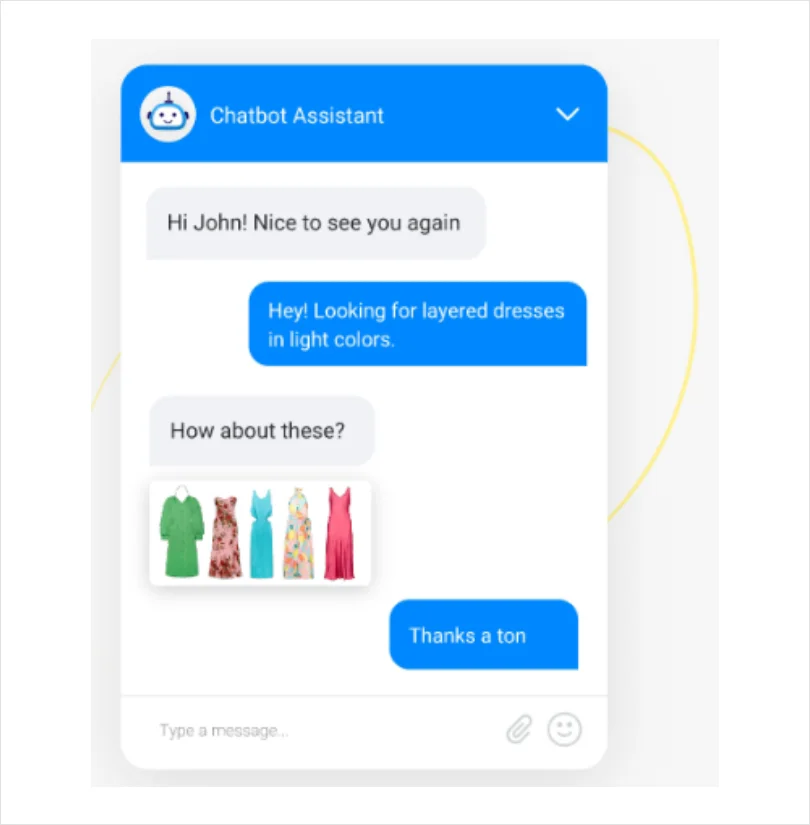
In addition to providing customer support, live chat can also be used to proactively engage visitors and encourage them to take action.
For example, if a visitor is browsing a product page for a certain length of time, you can use live chat to initiate a conversation and offer them a discount or incentive to make a purchase.
Tools like ProProfs Chat do exactly the same, as they can be used to provide 24/7- support to visitors in real-time and through support automation. The tool offers loads of functionality and is perfect for every individual or business looking to extend its support services.
Read More - Top 35 Website Engagement Tools to Uplift Your Business in 2023
8. Give Discounts and Offers to Entice Your Visitors
As a consumer, we all love to save money, right? It’s no surprise that discounts and offers can be a powerful way to entice website visitors and increase conversion rate.
But how do you ensure that your discounts and offers are seen by the right people, and how do you make sure they’re compelling enough to entice visitors to take action?
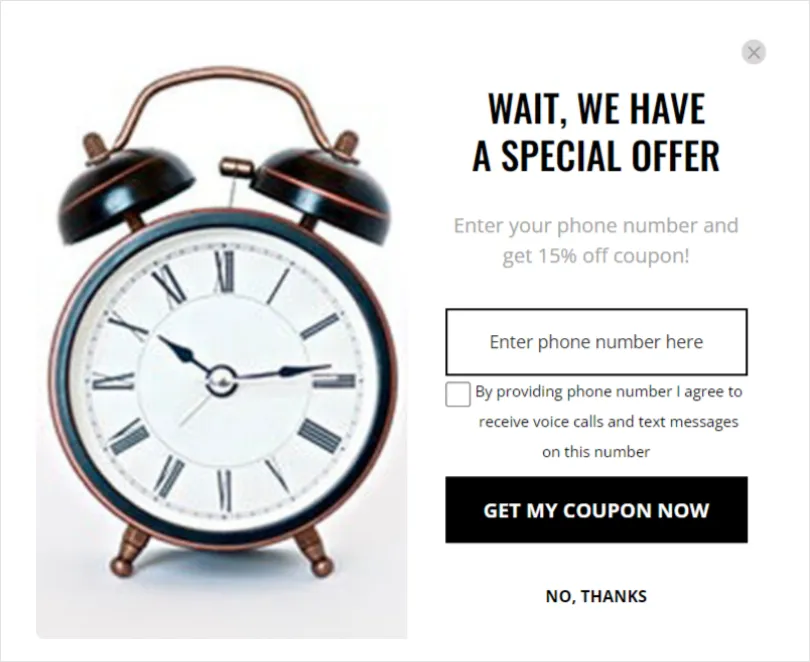
Firstly, it’s essential to understand your target audience and their behavior on your website. Are they browsing, adding items to their cart, or abandoning their cart? By analyzing their behavior, you can identify opportunities to offer a discount or incentive that’s tailored to their specific needs.
Next, it’s crucial to make sure your discount or offer is compelling enough to motivate your visitors to take action.
For example, offering free shipping or a percentage discount on a specific product can be a powerful incentive to encourage a purchase. Alternatively, you could offer a free trial or consultation to encourage sign-ups or inquiries.
Here, popup builder tools, like Picreel, can come in handy. With Picreel, you can create high-converting popups and overlays to offer discounts, special deals, and other incentives to your website and visitors.
9. Reduce on-Page Distractions
If you’ve found yourself distracted by a popup, a flashing banner, or an overwhelming amount of content, you’re not alone.
These on-page distractions can make it difficult for visitors to focus on what’s important and ultimately decrease your conversion rate.
That’s why reducing on-page distractions is critical for increasing conversions. By simplifying your website and eliminating unnecessary elements, you can create a clear and focused experience for your visitors. This allows them to focus on the product or service you’re offering and makes it easier for them to take action.
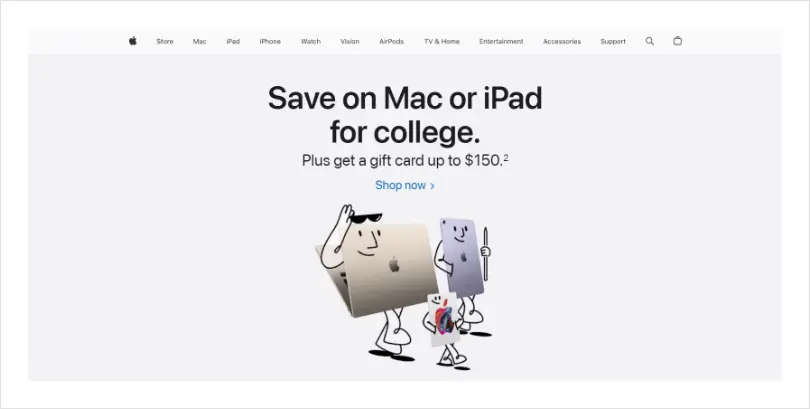
Image Source: Apple
One way to reduce on-page distractions is to streamline your website’s design.
Use a clear, uncluttered layout with plenty of white space to make your content more legible and visually appealing. You should also prioritize your content, placing the most important information front and center to draw attention to your product or service.
Another way to reduce on-page distractions is to eliminate unnecessary calls-to-action (CTAs). While CTAs are essential for driving conversions, too many can be overwhelming and confusing for visitors. Instead, focus on the CTAs that are most important to your conversion goals, and make them clear and easy to find.
10. Run A/B Tests on Your Landing Pages
When it comes to optimizing your landing pages for better conversions, one of the most effective strategies is to run A/B tests.
A/B testing, also known as split testing, is a process of comparing two versions of a landing page to determine which one performs better.
To run an A/B test, you’ll need to create two versions of your landing page with different elements, such as headlines, images, copy, or CTAs. Then, you’ll direct an equal number of visitors to each page and compare the results to see which one generates more conversions.
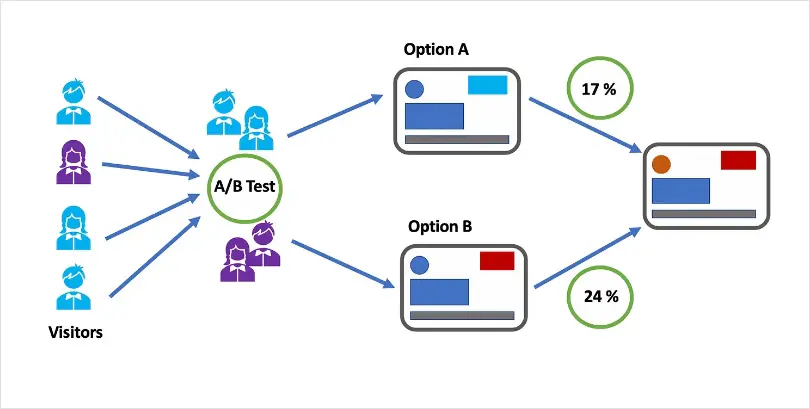
Image Source: Towardsdatascience
A/B testing is a valuable tool for optimizing your landing pages because it allows you to make data-driven decisions. Instead of relying on assumptions or website conversion optimization best practice, you can use real-world data to determine what works best for your audience.
To get the most out of your A/B tests, be sure to focus on one element at a time.
For example, test different headlines on one version of your landing page and keep everything else the same. This will allow you to determine accurately which headline resonates best with your audience.
Also, tools like Optimizely and VWO are some of the best when it comes to A/B testing your landing pages, so make sure you have them in your suite.
Deploy the Best Conversion Rate Optimization Strategies and Improve Conversions
Effective website conversion optimization is an ongoing process that requires continuous testing, measuring, and iterating. By implementing the strategies we’ve discussed, you can begin to identify what works best for your audience and make data-driven decisions to improve your website’s performance.
Remember, every website is unique, and what works for one site may not work for another. So don’t be afraid to experiment and try new things to see what resonates best with your audience.
If you’re looking for a comprehensive conversion rate optimization tool to help you implement these strategies, consider using Picreel. With Picreel, you can create and run popups, overlays, and personalized offers to capture leads, increase conversion rate, and improve your website’s conversion rates. So why not give it a try and see how it can help you optimize your website’s performance?
FREE. All Features. FOREVER!
Try our Forever FREE account with all premium features!


